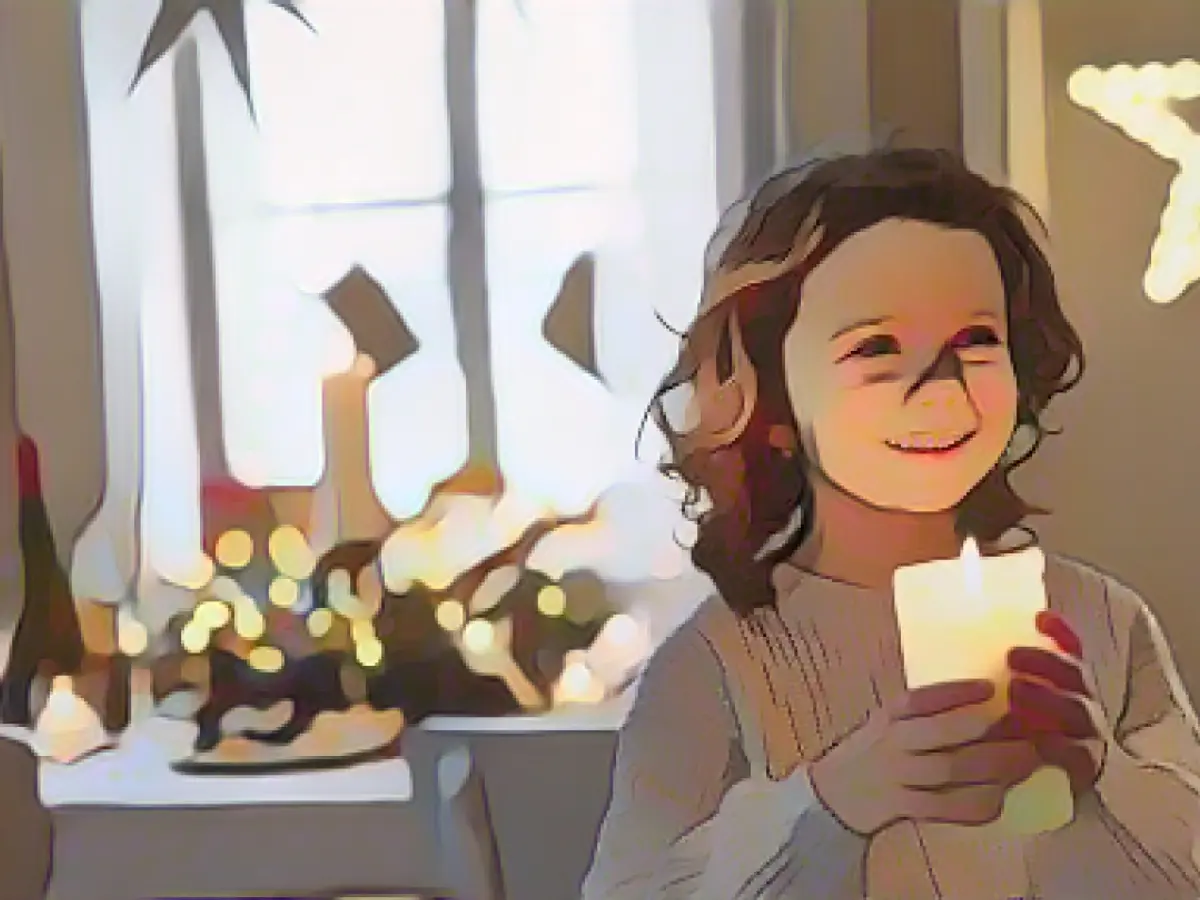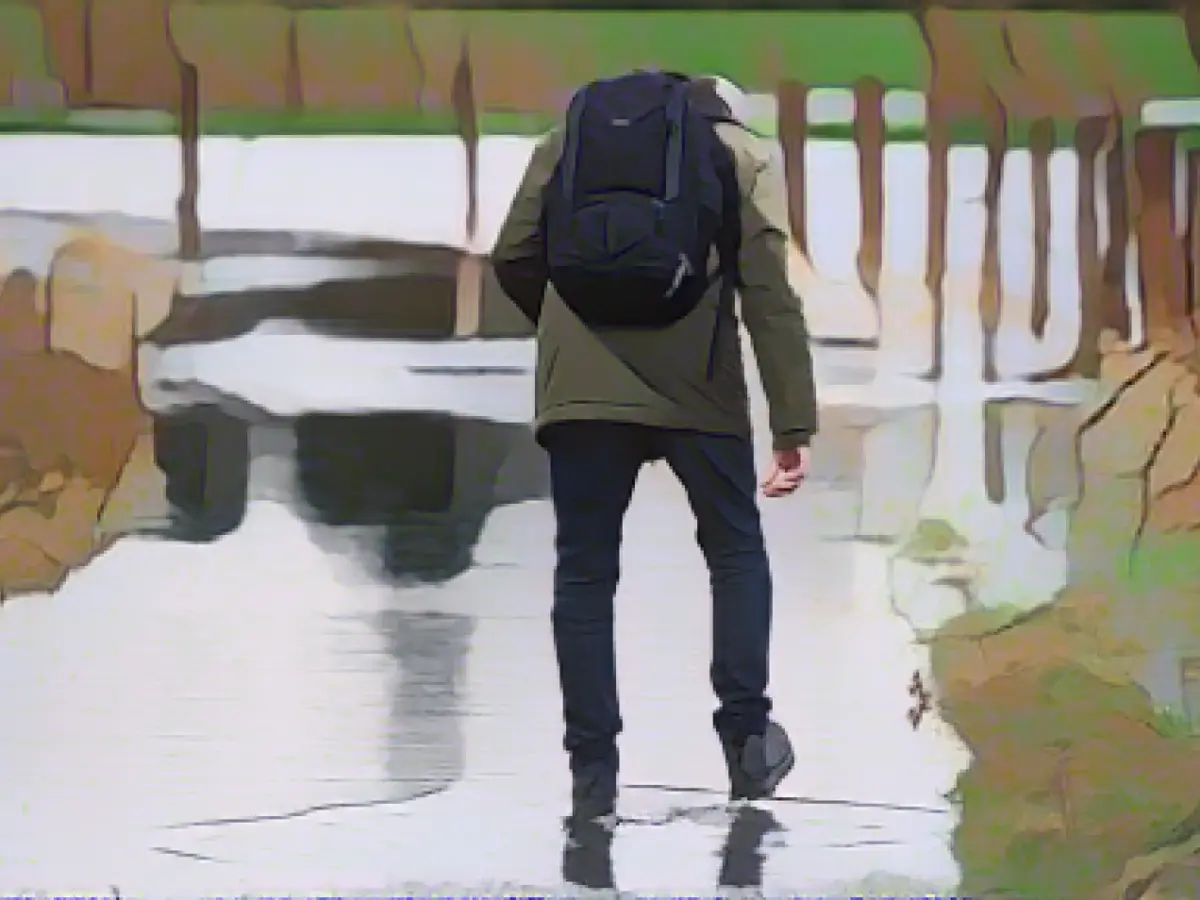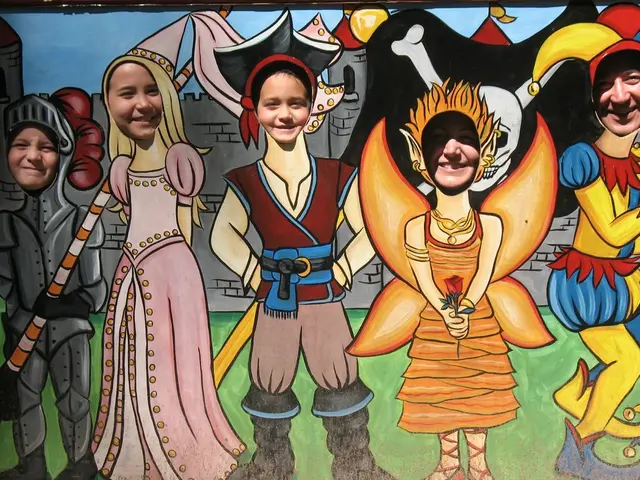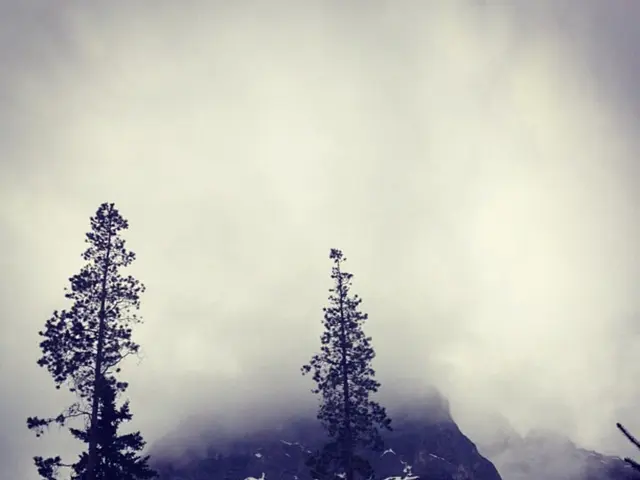Christmas and its Inevitability: A Blend of Light and Darkness
The festive spirit of Christmas is a pervasive force, seemingly impossible to evade. So why is it that we can't escape this cheerful holiday?
The Winter Solstice: A Time of Rebirth
The days leading up to Christmas mark the darkest period of the year. Decembers nights are long before the light gradually returns after the winter solstice. Post this period, the sun sets later in the afternoon, and gradually, we retreat into the warmth of our homes. The flickering of candles casts a warm glow, with the Christmastree, a symbol of brightness and fertility, standing tall. The tree's candles, a tamed fire, serve as a beacon of light amidst the cold and darkness.
The Birth of Gods and Goddesses
The winter solstice has always been a significant event in human history. Various gods and goddesses, such as Dionysus, Mithras, Sol, and even Christian deities like Jesus Christ, are believed to have been born during this period. The common thread that binds these gods and religions is the theme of hope, life, and light.
The Unifying Power of Togetherness
Even outside religious contexts, the feeling of togetherness, love, and harmony that Christmas embodies is palpable. Families come together, cocooned in the festive atmosphere that starts building weeks before the holiday. Decorated arcades and markets draw a merry crowd, drowning the streets in festive fervor and joy.
The Urge for Nostalgia
The distant echoes of Christmas past linger within us. Whether the memories are of eagerly waiting for presents, Of the first snowfall or the glowing lights from neighboring houses. Children eager to lay their hands on gifts, families coming together to enjoy traditions, and the joyous spirit of the season, these memories are intertwined with our own existence, especially during our formative years.
The Power of the Christmas Story
Even for those who don't usually engage with religious festivals, the Christmas story holds a special place. Joseph, Mary, and their newborn, Jesus, make for a captivating narrative. Although a stretch of the imagination, the story of a humble family in a struggling kingdom, with a divine promise, warmly resonates with us.
The Church and the Christmas Message
The birth of Jesus amidst poverty and abandonment carries a powerful message. It signifies the divine presence in even the most challenging circumstances and is a statement of hope and light in the face of darkness. Although present-day Christianity may stray far from this message, the potential impact of Jesus' birth as a pact with the outcasts and a symbol of hope remains undeniably profound.
In the end, the spirit of Christmas is a symphony of light and darkness. It is a testament to the enduring human spirit, the hope that springs from the darkest of times, and the promise of new beginnings. From the pagan gods born in ancient times to the Christian Savior, the celebration of Christmas transcends boundaries, uniting us under the same banner that promises light in the midst of darkness.
Additional Insights
- In many European cultures, families celebrate traditions like decorating their homes with tinsel and gingerbread, embodying the spirit of Christmas and the celebration of light in the darkness.
- The Roman festival of Saturnalia, celebrated in December, plays a significant role in the evolution of later Christian celebrations. The festival involved decorating homes with greenery and lights and gifting to children and the poor.
- Various ancient cultures celebrated the winter solstice with festivals that celebrated the return of light and the end of winter's darkness, often involving fire and light to symbolize this symbolic rebirth.
- In Christian tradition, Jesus is often referred to as the "Light of the World" (John 8:12), and the use of candles and lights during Christmas is a continuation of this symbolism.
- The feast of Candlemas, celebrated on February 2, is another significant Christian celebration that continues this theme of light and life. The feast commemorates the presentation of Jesus at the Temple and involves the blessing of candles to represent Jesus as the Light of the World.







